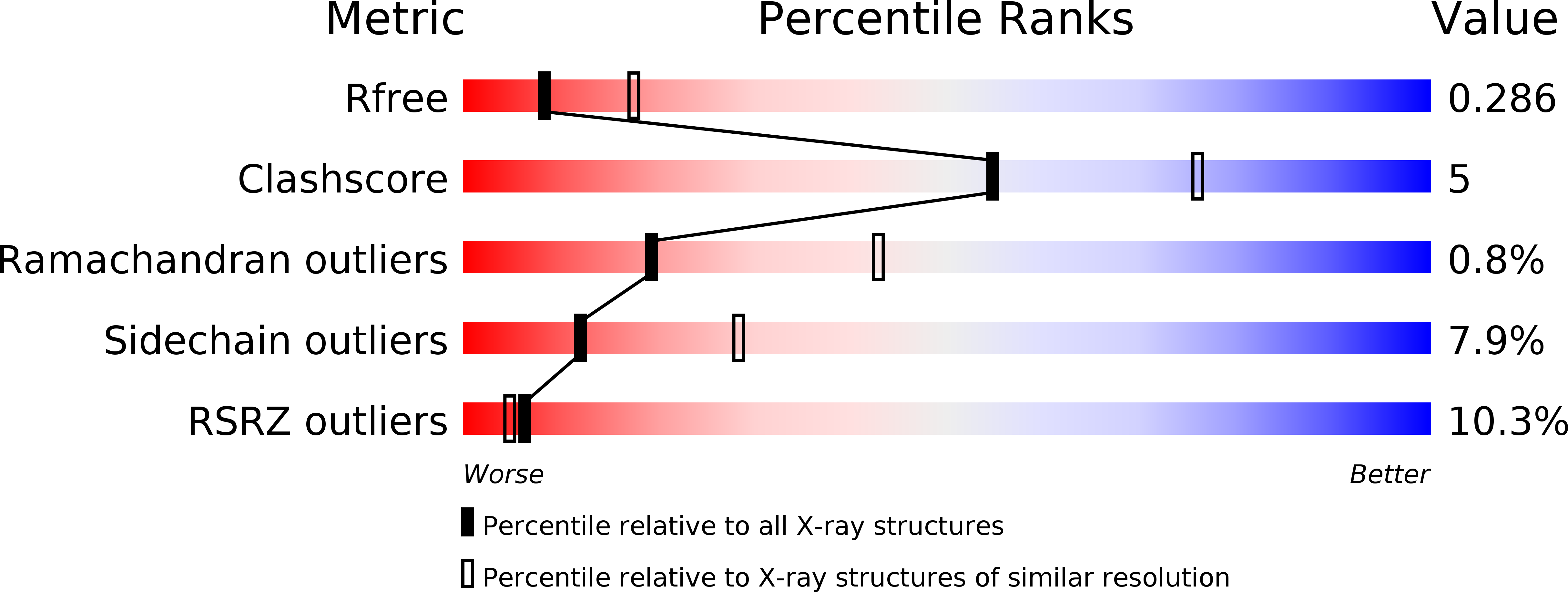
Deposition Date
2017-04-04
Release Date
2017-05-31
Last Version Date
2024-05-08
Entry Detail
PDB ID:
5NLA
Keywords:
Title:
Crystal structure of the AraC-like transcriptional activator CuxR
Biological Source:
Source Organism:
Rhizobium meliloti (strain 1021) (Taxon ID: 266834)
Host Organism:
Method Details:
Experimental Method:
Resolution:
2.70 Å
R-Value Free:
0.28
R-Value Work:
0.23
R-Value Observed:
0.23
Space Group:
P 43 2 2


